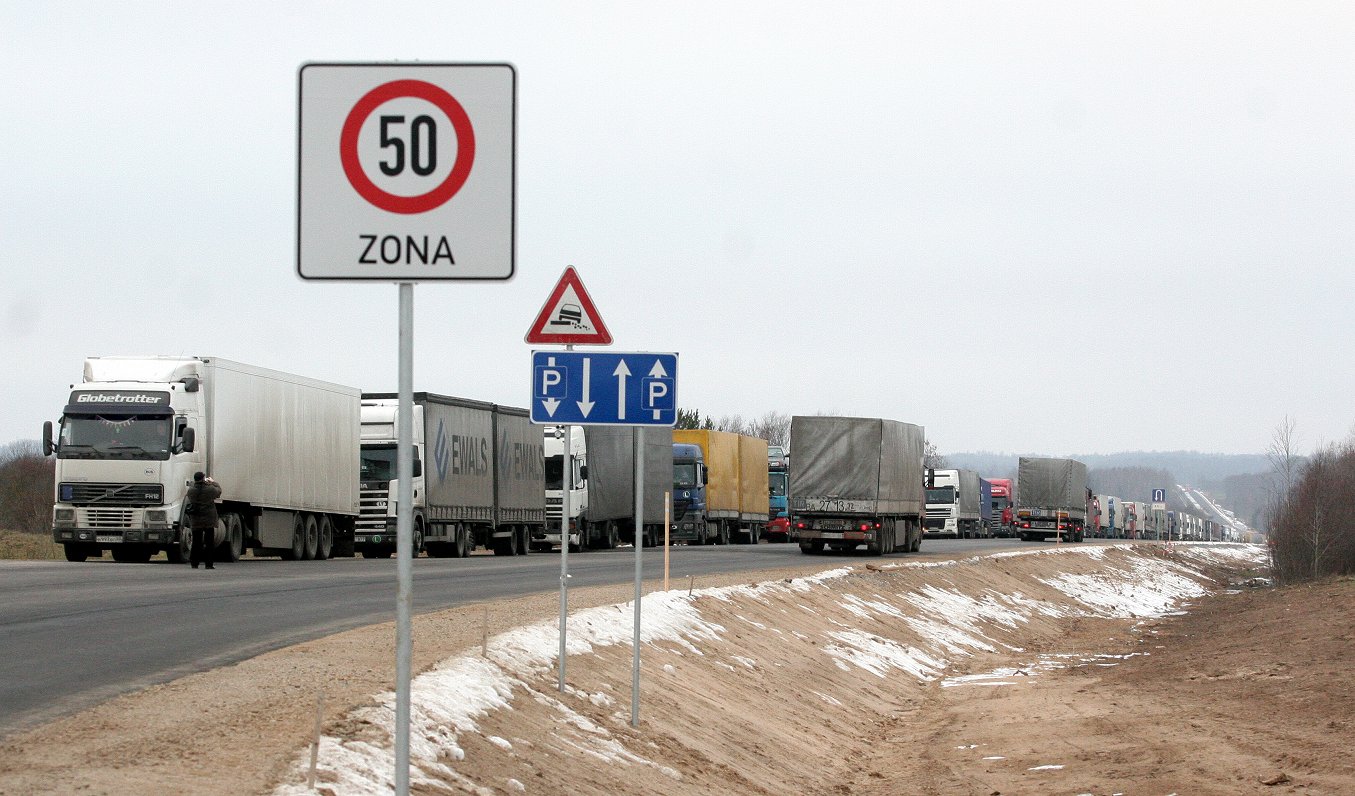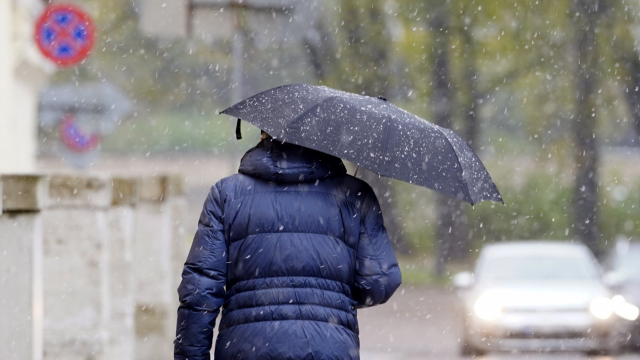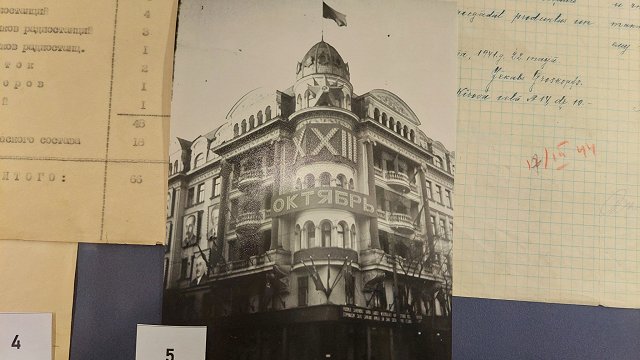On February 24, 2022 Russia began its unjustifiable invasion of Ukraine, triggering one of the bloodiest conflicts in Europe since World War II. Cruelty, violence and suffering have overshadowed the last 12 months during which countless human lives have been lost, millions of lives have been ruined and infrastructure worth billions of euro has been destroyed. Although the end of the war is still out of sight, it is already clear that the geopolitical situation in the world has changed with all the resulting implications, including the economic ones. Therefore, the time is ripe to look back and try to answer the question: what are the costs incurred by the Latvian economy from Russia's invasion of Ukraine?
Against the background of the human tragedy in Ukraine, it could seem trivial to write about economic costs caused by the war. However, one should not forget that the war is the main reason why Latvian households witness a stagnating economy and the highest inflation in decades. The war and its implications have halved Latvia's economic growth compared to the projections made before the outbreak of the war and have increased prices of goods and services by approximately a fifth. Of course, not all of the current inflation and the economic slowdown can be attributed to direct consequences of the war, but the lion's share certainly can.
Last year, a couple of weeks after the outbreak of the war I outlined the main reasons why Russia's invasion of Ukraine will affect the Latvian economy, i.e. the contraction of trade with Russia and its ally Belarus, rising prices for energy and other inputs, as well as decreased attractiveness of the region in the eyes of investors. Now time has come to answer the question as to the importance of each of these channels.
Has trade with Russia and Belarus stalled?
Although historically Russia and Belarus have been important export markets for Latvia's companies, their share in total exports has been on a downward path since the annexation of Crimea. Nevertheless, at the eve of the war, in 2021, Latvia’s exports to these countries still accounted for 1.4 billion euro or 4.3% of the gross domestic product (GDP). Intuitively, the downward trend should be compounded by the war, as willingness of companies to trade with aggressor countries dwindle due to sanctions and ethical considerations. Official statistics, however, do not confirm this hypothesis. In 2022 (excluding December), Latvia’s exports to Russia and Belarus reached almost 1.37 billion euro – exceeding the value of exports in the respective period of 2021 (partially driven by rising prices).
Moreover, this is not just a story of one-offs. Trade has remained robust for most of goods and in certain categories, such as beverages and pharmaceutical products it has even increased.
Therefore, at least for the time being, we have little reason to talk about the contraction of trade with Russia and Belarus. Moreover, at the same time we have also witnessed a rather "surprising" leap of exports to the countries of the Commonwealth of Independent States (CIS) in 2022. The volumes of exports to Kazakhstan, Kyrgyzstan and Armenia have almost quadrupled since the outbreak of the war. It is difficult to judge whether this reflects new markets for our companies or these countries, quite simply, are not the final destinations for our exports. In any case, the fact that exports of goods which saw the steepest growth i.e. machinery, mechanical appliances, electrical equipment and vehicles were the same which saw exports to Russia and Belarus contract the most, raises some tough questions.
On the imports side, the fall in the value of trade is more pronounced. In 2022, imports of goods and services from Russia came close to 4.7% of GDP, down from 6.0% in 2021 (from Belarus – a decline from 1.5% to 0.8% respectively). By far the largest component of imports was energy - natural gas and oil. In other categories imports fell sharply already in the first half of 2022. With the ban on natural gas and oil imports from Russia being in force in 2023, contraction of imports is expected to continue. Apart form oil, gas and other goods subject to sanctions (metals, wood, plastics, etc), imports from Russia and Belarus constituted only 1.6% of GDP.
The economic impact of higher energy prices
The war is waged in various forms and on different fronts. Energy, particularly natural gas, was, and in some ways still is, a key weapon for Russia on the economic front. At the outbreak of the war, Russia was the leading supplier of natural gas to a number of European Union (EU) countries; in 2021, Russian gas accounted for approximately half of the total EU natural gas imports. In the case of Latvia, almost all natural gas was imported from Russia.
This made the EU economy vulnerable, i.e. if Russia stopped its supply, the energy available to European countries would be substantially reduced, with all the potential consequences. Not without reason, last autumn the Russian propaganda machinery tried to promote a message of the "freezing West" and the collapse of European industry. This Sword of Damocles made European countries scramble for alternatives to Russia's energy supplies, leading to skyrocketing energy prices.
Higher energy prices directly translate into higher heating, electricity, and other bills, thus causing headaches to almost every household. Quite simplified calculations suggest that the energy price rise experienced by Latvian companies and households cost them nearly 1.7 billion euro in 2022.
However, this is far from being the whole story. Given that oil products, gas and electricity are important inputs for most companies, the shock to energy prices was soon reflected in rising prices for nearly all goods and services in the consumption basket. Ultimately, inflation rates exceeded 20% in the Baltic countries, levels unseen for decades. Inflation is an unpleasant phenomenon; with fixed income, 20% inflation means that you can afford only four fifths of the goods and services you could afford last year. This is a significant loss of purchasing power which weakens economic activity.
The energy shock would have been even more painful if the government had not provided financial support to households. According to Latvijas Banka's calculations, the partial compensation of electricity, gas and heating prices decreased inflation by approximately 2.5 percentage points in 2022 and raised economic activity by 0.7 percentage points. At the same time, one should not overlook the fiscal costs of government support – in 2022 almost 700 million euro were spent to mitigate the impact of energy crisis.
Looking ahead, the government budget is not likely to sustain such expenses from year to year therefore the question as to how ensure sufficient energy supplies at a reasonable cost is of critical importance at national and EU-wide level.
Currently, the atypically warm autumn and winter, as well as a larger than expected reduction in energy consumption have eased the concerns of energy supplies for this heating season. Thus, prices have also markedly decreased, i.e. currently (at the beginning of February 2023) prices of oil and natural gas have returned to their pre-war level. This, however, does not imply an end to the energy crisis. Uncertainty surrounding the availability of energy and its prices will persist until Europe finds sustainable and safe alternatives to the energy imported from Russia.
Have we become "more risky" in the eyes of investors?
Despite being part of the EU and NATO, the border with Russia and the ghosts of the past makes international investors cautious about investing in Latvia. A good example is the interest rate Latvia’s government pays for borrowing in financial markets. If in late 2021 the borrowing costs of the Latvian government were almost identical to those of the French government, currently they are approximately 1 percentage point higher.
This can exacerbate one of the most unpleasant structural issues of the Latvian economy – the low investment activity. It should be said right away that the situation in 2022 was quite similar to that experienced in previous years in this regard. However, this is hardly good news, as for more than seven years private sector investments in Latvia have lagged behind Lithuania, Estonia and even the EU average. Due to the sluggish investment activity, it will be very complicated to continue the convergence to Western Europe’s income levels.
The answer to the question as to why investment activity has been so low in Latvia is not simple. On the one hand, companies have been rather cautious, particularly given the tough lessons learned during the global financial crisis. On the other hand, there are also quite a few issues with the availability of funding. Companies in Latvia have little alternatives to banks when it comes to attracting funding. Capital markets for borrowing funds directly from savers are rather undeveloped if compared to Western European countries, so investment is mostly funded through lending. When it comes to lending, it is no secret that banks in Latvia have been very conservative over the past decade, granting loans to mostly very safe borrowers at relatively high interest rates. Against the backdrop of these long-term factors, the effect of geopolitical developments on investments become less relevant.
Taking account of the fact that we cannot change the geographical location of Latvia, it seems unlikely that we could have avoided the "higher risk stamp". The same refers to other war-related consequences, including the energy crisis, that could hardly be avoided. At the same time, there is some silver lining to the current situation. It is a great opportunity to make the country and economy less vulnerable in the future, including in the military, energy or economic spheres.

































